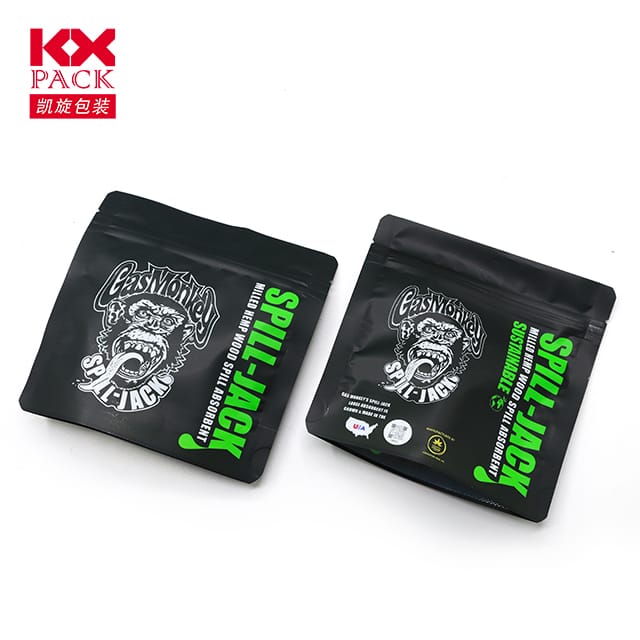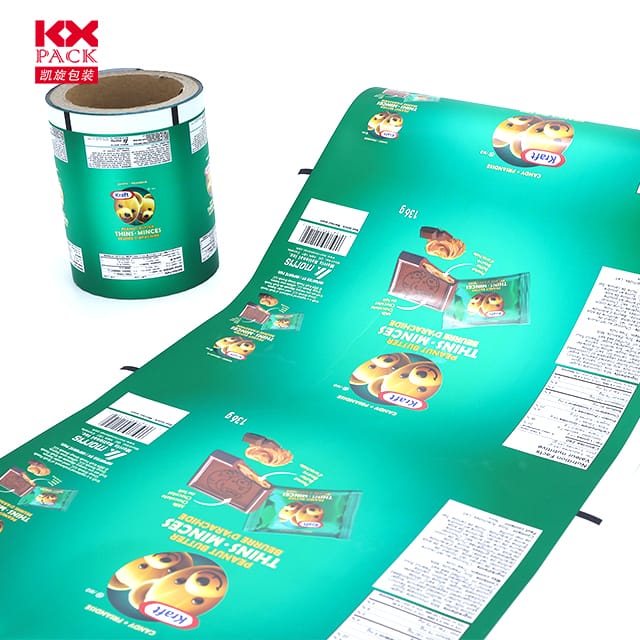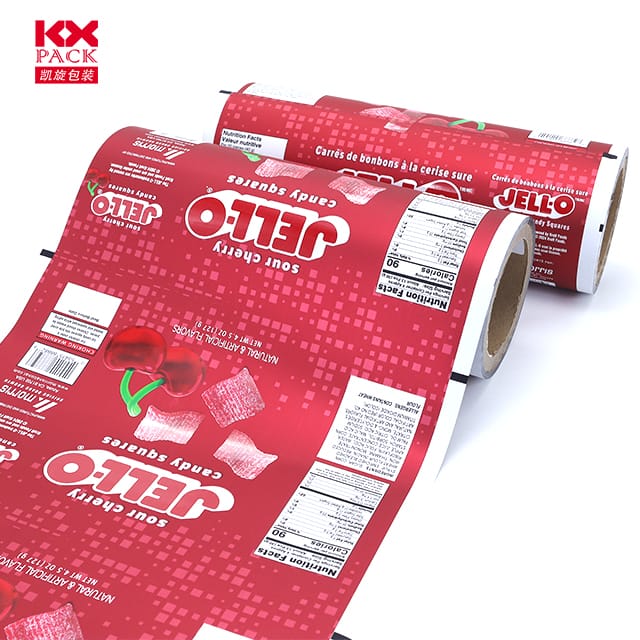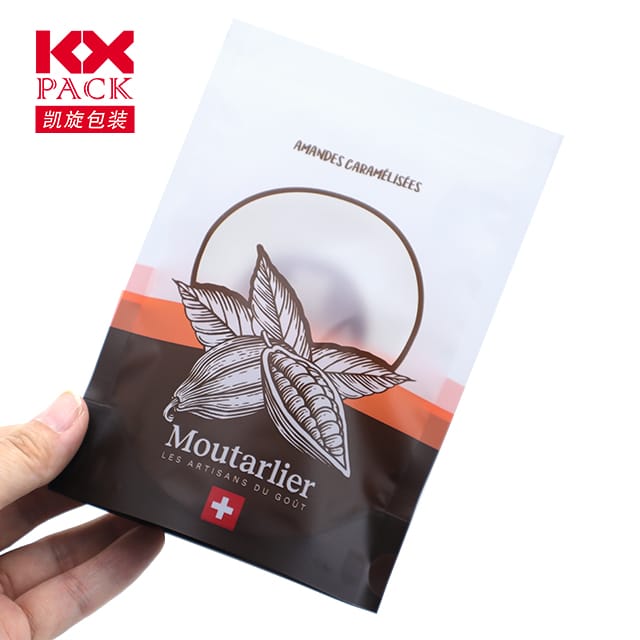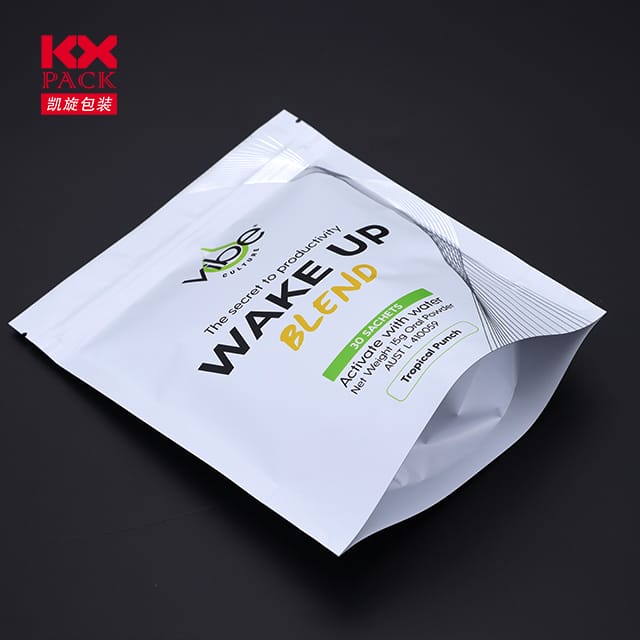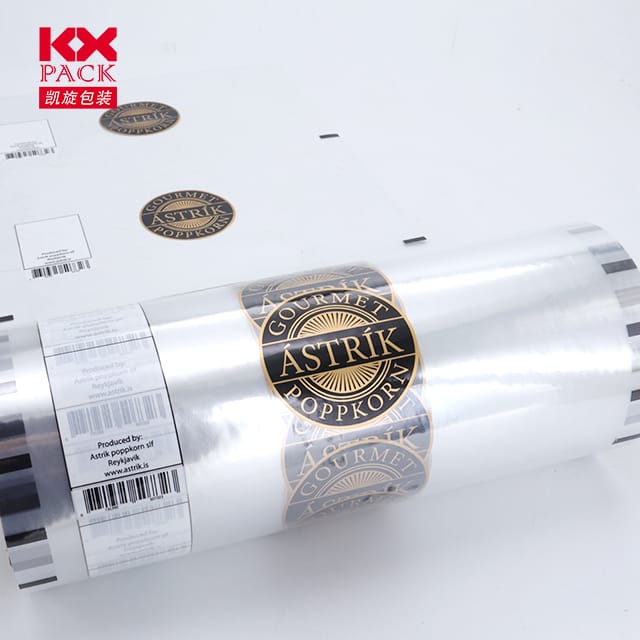Evolusi filem pembungkusan bercetak: Bagaimana Inovasi Membentuk semula Persembahan Produk
Filem pembungkusan bercetak
In today’s hypercompetitive retail landscape, Pembungkusan produk bukan lagi hanya shell pelindung -ia merupakan alat pemasaran dinamik yang menjembatani identiti jenama dengan pengalaman pengguna. Antara pelbagai penyelesaian pembungkusan, Filem pembungkusan bercetak telah muncul sebagai penukar permainan, Menggabungkan fungsi dengan visual berimpak tinggi untuk menawan pembeli dan menyelaraskan rantaian bekalan. Let’s explore how this versatile material is evolving to meet modern demands.
1. Di luar estetika: The Multifaceted Role of Printed Films
Filem pembungkusan bercetak are engineered to do far more than display logos or graphics. They serve as a canvas for storytelling, pematuhan peraturan, and even consumer engagement through smart technologies. Contohnya:
- Brand Differentiation: In crowded aisles, vibrant, high-definition prints on films like polypropylene (PP) or polyethylene (PE) help products stand out. Beverage companies use shrink sleeves with 360-degree graphics to create shelf-ready bundles, while cosmetics brands leverage metallic inks for a premium feel.
- Regulatory Transparency: Films printed with nutritional facts, Arahan penggunaan, or safety warnings ensure compliance without the need for additional labels, reducing costs and waste. This is critical in industries like pharmaceuticals and food, where clear communication is non-negotiable.
- Sustainability Signaling: With bioplastics and recyclable films gaining traction, printed designs can highlight eco-credentials (Mis., “100% Recyclable”) to appeal to environmentally conscious buyers.
2. The Technology Behind the Print: Precision and Efficiency
Advancements in printing techniques have revolutionized how brands apply designs to films:
- Percetakan Digital: HP Indigo or Xeikon presses enable on-demand, short-run printing with minimal setup time, ideal for limited-edition products or regional campaigns. This flexibility reduces inventory costs and allows for rapid design iterations.
- Flexographic Printing: A cost-effective choice for large volumes, flexo uses anilox rollers and photopolymer plates to deliver consistent, high-speed prints. Innovations like solventless inks further enhance sustainability by eliminating volatile organic compounds (VOCs).
- Integrasi Pembungkusan Pintar: Printed films now incorporate QR codes, Tag NFC, or temperature-sensitive inks, transforming packaging into interactive touchpoints. Sebagai contoh, a coffee pouch might display a freshness indicator that changes color over time.(Filem pembungkusan bercetak)
3. Material Science: Strength Meets Sustainability
The base films themselves are evolving to balance durability with environmental responsibility:
- Multi-Layer Structures: Composite films combine barrier layers (Mis., Evoh untuk rintangan oksigen), sealant layers (like PE for heat sealing), and printed surfaces into a single, high-performance package. This is vital for perishables or liquids.
- Pilihan Biodegradable: Films made from polylactic acid (PLA) or starch blends offer compostability, though they often require specialized disposal facilities. Brands are partnering with recycling firms to improve end-of-life management.
- Ringan: Thinner films (Mis., 15-micron BOPET) reduce material use without compromising strength, cutting transportation emissions and costs.
4. Aplikasi di seluruh industri
Filem pembungkusan bercetak cater to diverse sectors, each with unique needs:
- Makanan & Minuman: Shrink bundling films secure multi-packs of bottles or cans, while high-barrier laminates extend shelf life for snacks and cheeses.
- Penjagaan peribadi: Tubes and pouches for lotions or shampoos use printed films with a soft-touch finish for a luxurious feel.
- Logistics: Heavy-duty bundling films stabilize pallets of firewood or industrial parts, replacing traditional strapping methods.
- E-dagang: Anti-counterfeit films with holographic prints protect high-value goods during shipping, while resealable zippers enhance convenience.
5. Masa depan: Circularity and Connectivity
Ke hadapan, printed packaging films will increasingly align with circular economy principles:
- Recyclability by Design: Brands are adopting monomaterial structures (Mis., All-Pe Pouches) to simplify recycling streams. Innovations like laser-scored tear lines also improve ease of recycling.(Filem pembungkusan bercetak)
- Integrasi Blockchain: Printed films could soon feature blockchain-enabled codes that trace a product’s journey from factory to shelf, combating fraud and enhancing transparency.
- Energy-Efficient Production: Solar-powered printing plants and AI-driven quality control systems are reducing the carbon footprint of film manufacturing.
Kesimpulan: A Canvas for Innovation
Filem pembungkusan bercetak is no longer a static component—it’s a dynamic interface between brands and consumers. As digital printing, Teknologi pintar, and sustainable materials converge, the possibilities for creative, functional, and eco-friendly packaging are expanding exponentially. For businesses looking to stay ahead, melabur dalam printed films isn’t just about aesthetics; it’s a strategic move to enhance shelf appeal, operational efficiency, dan pengawasan alam sekitar.
Ready to explore how Filem pembungkusan bercetak can elevate your brand? Dive into the latest trends in material science, printing tech, and circular design to unlock new opportunities in 2025 dan seterusnya. 🌍✨

